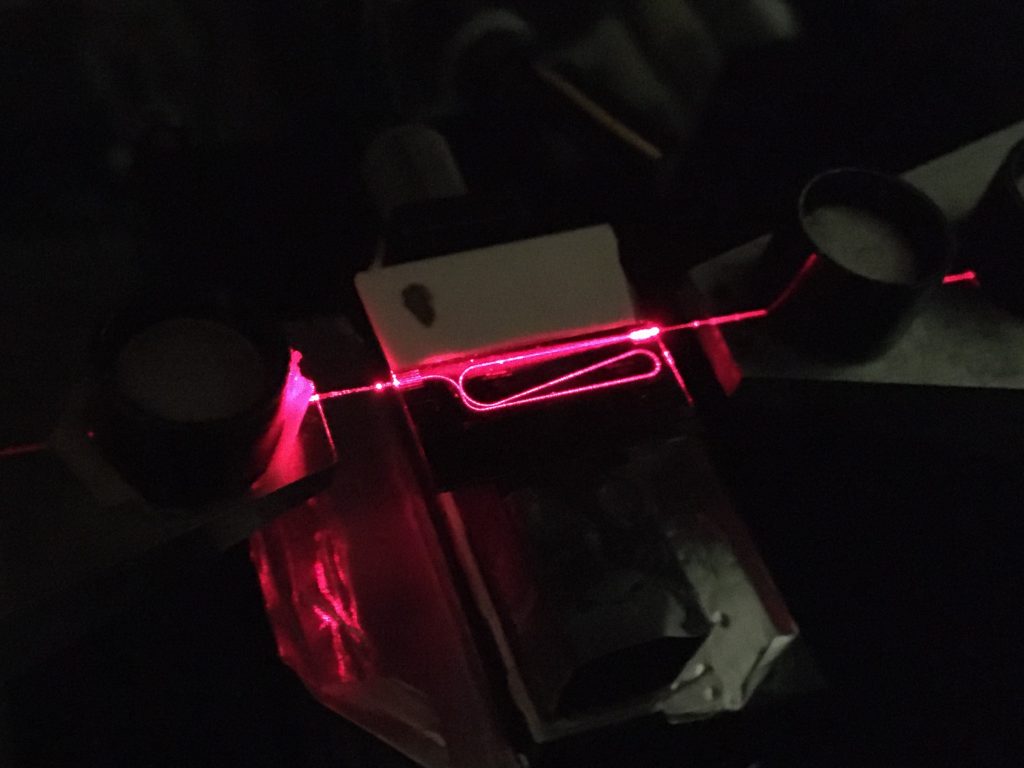PhotonPath , a spin off of Politecnico di Milano incubated by Polihub, is ready to land on the market in 2021 with an innovative technology that promises to revolutionize telecommunications: the introduction of chips equipped with photonic circuits instead of electric ones, able to reduce the size and costs of optical fiber networks .
“A couple of customers are already testing our applications - says to Sole24ore the co-founder Douglas Aguiar - and we are planning to finalize these demos in in the next few months. The target, in three years, is to build 3 thousand units a year to reach the goal of five million in revenues".
PhotonPath nasce dal lavoro congiunto durante il dottorato di Douglas Aguiar, CEO e Alumnus in Ingegneria delle telecomunicazioni e Emanuele Guglielmi, CTO e Alumnus in Ingegneria elettronica, che hanno lavorato nel campo della fotonica integrata.
Thanks to the collaboration between two research groups of the Politecnico (the Photonic Devices Group and the I3N Lab) of the Department of Electronics, Information and Bioengineering (DEIB), in 2019 they created this start- up deep tech - a spin off of the Politecnico - with the aim of improving the quality and programmability of fiber optic telecommunications networks.

This takes place through the marketing of miniaturized chips in which, in addition to electrical signals, light signals are also propagated. The advantage of the technology is that it offers the possibility to reprogram the chip according to the specific needs of the individual customer.
"This is a very valuable feature for network operators, who see data traffic needs constantly changing within their networks. Thanks to integrated photonics, our control and calibration algorithms, network equipment becomes smaller, consumes less energy, is more performing, and is cheaper " says Aguiar to Business Insider .
He adds:
"The problem is that the constant growth in capacity and performance that has taken place over the last 30 years is reaching a limit and new technologies are needed to support it: this is where integrated photonics and our chips come into play".
The goal starting from 2021 is to enter the global telecommunications market and to produce 3000 units of the product within five years, eventually bringing integrated photonics into other segments of market.
MAP is the magazine of the Alumni of Politecnico di Milano The magazine is your compass to navigate everything that is developing and changing in our University. Below you will find a related article : if you like what you are seeing, support us . You will be able to collect your copy for free.
Credits header: Polihub